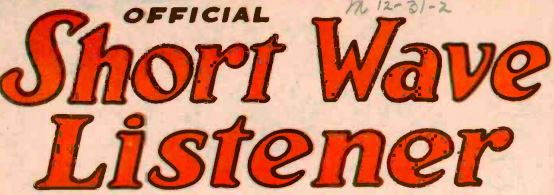King of Spain contest 2025
https://concursos.ure.es/en/s-m-el-rey-de-espana-ssb/bases/
King Juan Carlos
Field day contest USA and CANADA
1800Z, Jun 28 to 2100Z, Jun 29
https://www.arrl.org/field-day
ARRL Field Day is the most popular on-the-air event held annually in the US and Canada. On the fourth weekend of June, more than 31,000 radio amateurs gather with their clubs, groups or simply with friends to operate from remote locations.
They all have the same taste !!!!!
Field Day is an annual amateur radio contest, widely sponsored by IARU regions and member organizations, encouraging emergency communications preparedness[1] among amateur radio operators. In the United States, it is typically the largest single emergency preparedness exercise in the country, with over 30,000 operators participating each year. Field Day is always the fourth full weekend of June, beginning at 18:00 UTC Saturday and running through 20:59 UTC Sunday.
Since the first ARRL Field Day in 1933, radio amateurs throughout North America have practiced the rapid deployment of radio communications equipment in environments ranging from operations under tents in remote areas to operations inside Emergency Operations Centers (EOCs). Operations using emergency and alternative power sources are highly encouraged, since electricity and other public infrastructures are often among the first to fail during a natural disaster or severe weather.
To determine the effectiveness of the exercise and of each participant's operations, there is an integrated competitive component, and many clubs also engage in concurrent leisure activities (e.g., camping, cookouts). Operations typically last a continuous twenty-four hours, requiring scheduled relief operators to keep stations on the air. Additional contest points are awarded for experimenting with unusual modes, making contacts via satellite, and involving youth in the activity.
Field Day stresses emergency preparedness. Frequently, entire radio clubs get involved and assemble a portable radio station in a field or park. Some might use quickly deployable portable antennas while other might erect more elaborate radio masts and towers supporting several antennas. Generators or solar power provide electricity to amateur radio transceivers, which may be located in tents, cars, recreational vehicles, or other portable shelters.
Officially, field day in the US is an operating event and not a contest.[2] However, it operates exactly like a contest, but without awards.
The competitive aspect of a Field Day operating event is to contact as many stations as possible in the given time period (twenty-four hours, during a weekend, if setup commences before the contest starts, or 27 hours if setup commences at contest start time) using the portable station. Each station will exchange information with other participating stations. For the North American Field Day, the exchange consists of the station call sign, the name of the ARRL-recognized section from which the station is operating, and a class designator which indicates the number of transmitters concurrently used at the station and information about the type of electrical power source being used.
The contest portion of Field Day has two purposes. The primary purpose is to test the group's ability to plan operations that can be effective for an entire twenty-four-hour period, including operator endurance and adequate numbers of operators for a shift operation. The secondary portion is to demonstrate the technical proficiency of the station that has been hastily constructed for the purpose; in theory a better station will be capable of emergency operations in dire conditions. Such a station will also be capable of making more contacts during the contest portion of Field Day. Point systems are structured to motivate emergency preparedness activities, such as designating a safety officer for the station or incorporating auxiliary power capabilities.
The rules governing this activity are published by the sponsor of the particular Field Day exercise.






